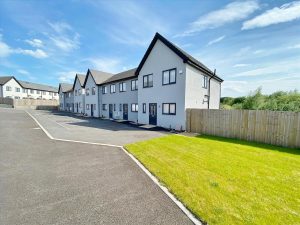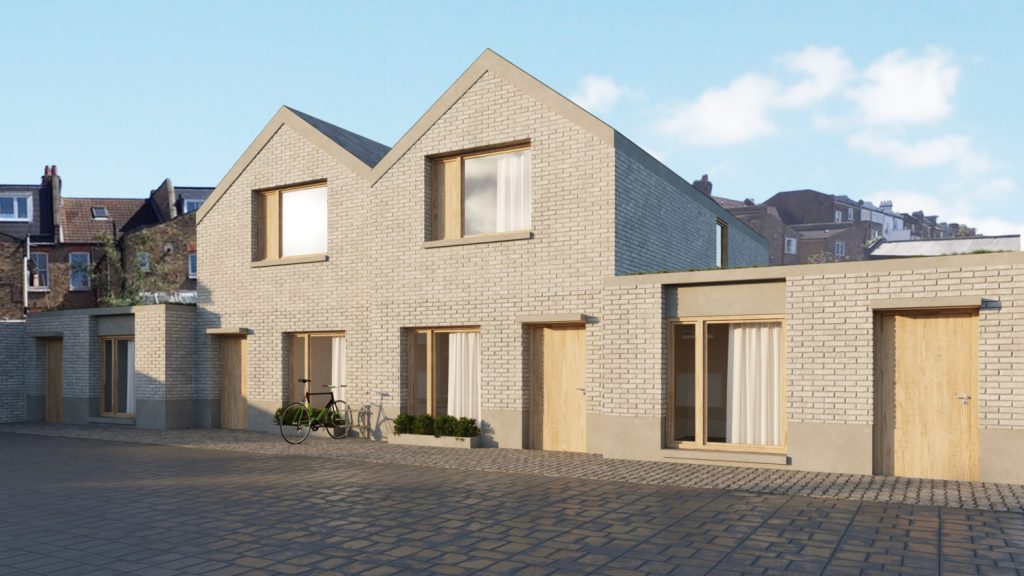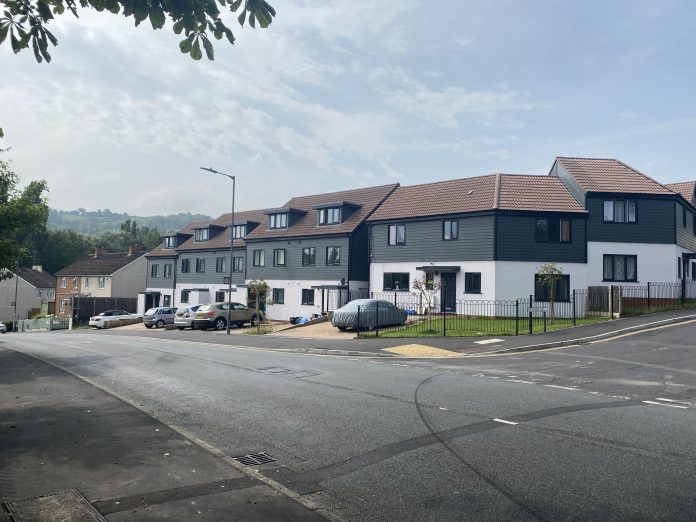Structural Insulated Panels (SIPs) are the future of building in the UK. Here, specialist manufacturer, Sips Eco Panels offers a guide to SIPs for developers
The SIPs system is an extremely low-energy eco-friendly construction method, that is incredibly strong and quick to build.
As we move into an era of low energy zero carbon construction, the inherent energy efficient, airtight nature of structural insulated panels has attracted architects, developers and self-builders across the world.
SIPs now account for around 10% of all self-build construction alone and is increasing rapidly. The average SIPs home benefits from a 50% decrease in energy consumption and drastically reduced CO2 emissions. In fact, the manufacturing of SIPs uses 80% less energy than traditional building methods, making it the green building method of choice.
What are the benefits of building with Sips?
- Up to 3x faster than traditional methods
- 90% less wastage on site
- Zero reliance on weather conditions
- Huge savings on labour
- Increased usable roof space
- Lower annual energy costs
- Naturally more eco-friendly than other build types.
One of the major benefits of structural insulated panels over traditional masonry or timber frame construction is speed. A typical SIPs 3-bedroom home can be installed on-site in just 5-7 days, resulting in huge savings on build programme and labour costs. The installation of a SIPs superstructure requires significantly less manpower and site supervision with the majority of installation teams being made up of 4 operatives.
 Offsite fabrication removes the risk factors involved in traditional onsite construction. SIPs are precision manufactured in controlled factory conditions using CNC machine cutting with extreme accuracy and minimal waste. Once design drawings are agreed, a SIPs superstructure can be fabricated in 4-6 weeks and delivered straight to site for immediate installation.
Offsite fabrication removes the risk factors involved in traditional onsite construction. SIPs are precision manufactured in controlled factory conditions using CNC machine cutting with extreme accuracy and minimal waste. Once design drawings are agreed, a SIPs superstructure can be fabricated in 4-6 weeks and delivered straight to site for immediate installation.
SIPs houses can be built with zero reliance on weather conditions, for minimal disruption to the critical path. The building envelope can be installed in most weather conditions without the need for wet trades like brick and block construction, which needs to be left to dry and is heavily impacted by poor weather.
Once the SIPs superstructure is up, it is wrapped in a breather membrane leaving it wind and watertight and ready for internal and external follow-on trades to get to work without delay. This significantly reduces the overall construction program and is up to 3x faster than other traditional construction methods.
A more innovative approach to roof construction results in increased usable roof space. SIPs roof panels are structural and arrive pre-cut and fully insulated with no need for roof trusses. The elimination of trusses can result in a double-height floor to ceiling. With the extra space, you can leave a large open ceiling space, for storage or install partitions to add extra rooms, or opt for a vaulted ceiling. Dormers or skylights can be very easily added at little extra cost allowing for design flexibility to make the most of the system. This is particularly attractive for local authority and affordable housing stock as it allows for families to grow into the property without the need to be re-housed. With the huge increase of people working from home, the increased roof space can very easily be turned into a large home office.
The incredible thermal performance of SIPs eco panels makes them ideal for Passivhaus projects. With reduced cold bridging and U-Values as low as 0.10 W/m2K developers get a thinner wall and increased space whilst benefiting from considerably lower energy bills.
Choosing the right type of SIPs system for your project
There are two main types of Structural Insulated Panels, the difference being the insulation used.
- EPS (Expanded Polystyrene) – This insulation is 100% recyclable and extremely durable. EPS insulation has zero ODP (Ozone Depletion Potential) and GWP (Global Warming potential).
- Injected fiber-free rigid urethane core
Both systems consist of an insulating foam core sandwiched between two structural facings typically OSB3 (oriented strand board). EPS has been used in the construction industry for decades, it’s lighter in weight and easy to install. EPS insulation is non-toxic and chemically inert and does not degrade or delaminate over time. Although you get a slightly thinner wall for your U-value with rigid urethane SIPs, it’s thermal performance can be reduced over the first 3 years of use. SIPs panels are extremely strong and are surrounded by high quality structural grade timber.
Where structural requirements allow, manufacturers will use a purpose build joining system, in the form of an insulated SIPs spline connecting the panels. This SIPs joining spline provides continuous insulation and high levels of airtightness compared to a standard timber frame kit. Traditional timber frame for example, has a much lower thermal resistance and has been known to lose in excess of 30% of a household’s energy.
Beyond the building envelope, some SIPs manufacturers will only supply all internal walls as stud work. However, for increased thermal & acoustic performance, Sips Eco can also supply a thinner SIPs internal wall panel in place of stud work, giving greater flexibility of choice for your project.
Whichever system you chose, it’s essential that you chose a highly accredited SIPs manufacturer with UKAS recognised certification and Gold Assure Membership of the Structural Timber Association. These manufacturers will be regularly audited by independent 3rd party organisations to ensure standards of excellence are maintained.
Are Sips cost-effective?
When comparing structural systems, it’s important to look at the overall construction costs of the project. Whilst SIPs can appear a more expensive form of construction initially, there are major time and overall cost savings across the entire build programme.
Unlike timber frame or masonry systems that require additional follow-on trades to fit insulation and prepare the structure to be ready for fist fit electrics, plumping and dry linings, a SIPs package is ready to go. With a SIPs system, you are getting a fully insulated structural shell that does not require any follow-on trades, labour or additional materials.
A SIPs build can be completed up to 3x faster than other structural systems which has a major impact on overall construction costs. This time-saving results in reduced scaffolding costs, lower plant hire costs, savings on labour, site management, accommodation and a huge reduction in site waste. This speed of build and the reduction of risk brought about by the offsite manufacturing process results in fewer delays, an efficient build programme and less unexpected costs.
Sips Eco’s Structural Insulated Panels (SIPs) really are the future of building in the UK and will continue to change the landscape of the construction industry for years to come.

Twitter: @sipsecopanels
LinkedIn: SIPs Eco Panels

















